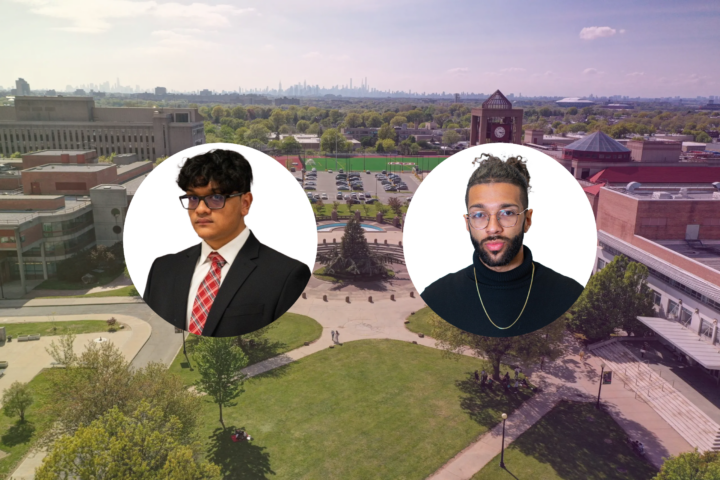Over the past several weeks, the concept of Critical Race Theory has exploded into the popular consciousness in the wake of several state legislatures passing laws purportedly banning the teaching of the concept in K-12 schools. Some have pushed back against these bans arguing that these pieces of legislation are simply strawman to attack diversity initiatives in schools more broadly.
But what is Critical Race Theory anyway? Critical Race Theory is defined by Richard Delgado, a pioneer in the field, as “a collection of activists and scholars interested in studying and transforming the relationship among race, racism, and power.” More concretely, Critical Race Theory is a legal framework which examines how racism intersects with the legal sphere, and its central tenant argues that racism is systematically embedded in American institutions. The fact that Critical Race Theory is at its core, a legal one in nature rather than one based in historiography (the study of the methods of developing history) or educational theory means that most schools aren’t actually teaching Critical Race Theory in its pure form. As Randi Weingarten, the head of the American Federation of Teachers says, “Let’s be clear: critical race theory is not taught in elementary schools or high schools. It’s a method of examination taught in law school and college that helps analyze whether systemic racism exists — and, in particular, whether it has an effect on law and public policy.”
In fact, although some of the public-facing rhetoric made by politicians in support of the aforementioned laws mention Critical Race Theory, the text of the laws themselves in most cases doesn’t mention the concept at all and generally stick to statements outlawing racial preferences with bans against teaching certain elements of Critical Race Theory woven in. For example, Tennessee law HB50, while banning such things as “An individual [being] discriminated against or receive adverse treatment because of the individual’s race or sex” and that “One race or sex is inherently superior to another race or sex”, it also outlaws teaching that “A meritocracy is inherently racist or sexist, or designed by a particular race or sex to oppress members of another race or sex” or that “[Tennessee] or the United States is fundamentally or irredeemably racist or sexist”, two concepts that are often pushed by proponents of Critical Race Theory.
That being said, this debate over Critical Race Theory shouldn’t really be looked at as one over that concept but rather as a debate over how our education system should deal with the issue of how to teach about race and its long and bloody history in this country. Another prong in the running debate that started with the New York Times’ 1619 Project in 2019 which aims to place the discussion of slavery and racism at the center of how we understand American History. For those considered in the debates of the past several weeks to be pro Critical Race Theory”, they view the education system as needing to take a proactive role in integrating racism into history education not only in teaching about racism in the past tense but also in the present bringing in discussions of systemic racism and social justice into the classroom. For those in opposition, they view teaching history as something that by its nature requires neutrality, apoliticism, and for some, even a degree of patriotism.
This debate is likely to rage on for the foreseeable future, yet another facet of a growing new phase of the culture wars and in all likelihood is going to have a significant influence on the future of how we educate young people. What that future is will heavily depend on how this debate (and resulting legislation) progresses over the coming months and years.











